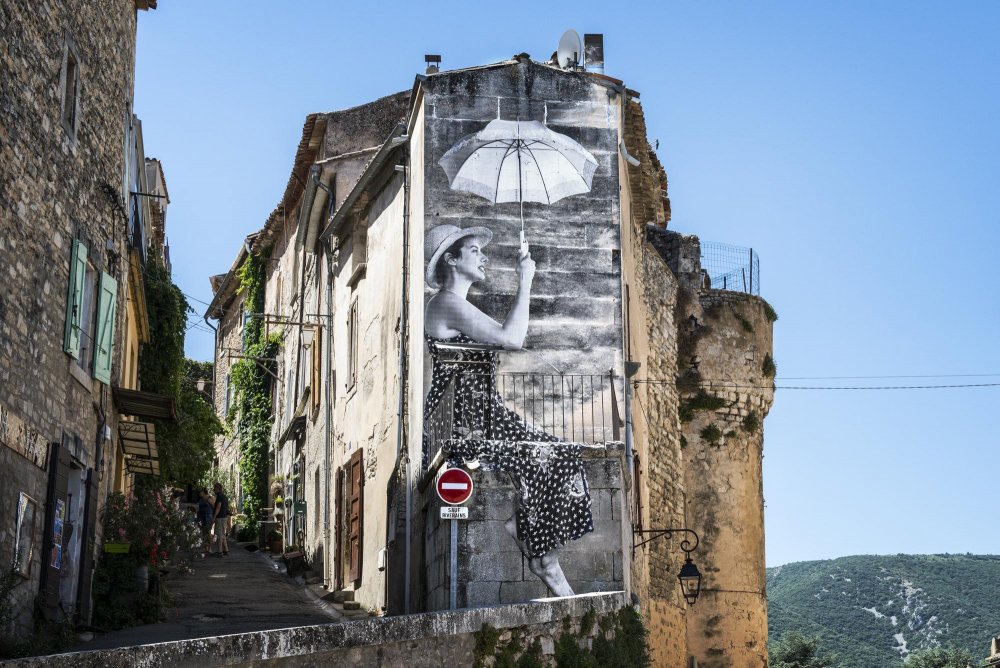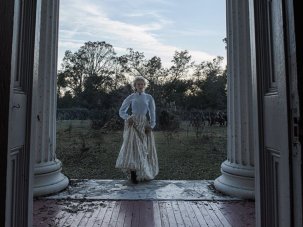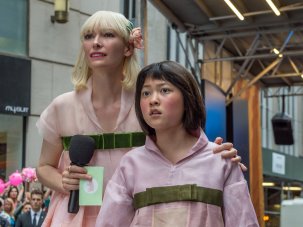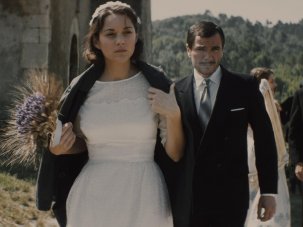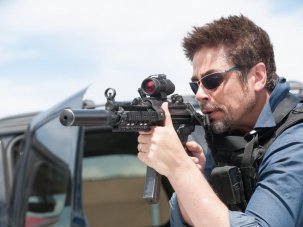Anyone who thinks Cannes is more or less the same every year should adjust their set after the first half of the 70th anniversary edition. Unusually, the town is not mobbed with tourists. The Nice terrorist attack of last year has seen to that (also, the local region voted for Le Pen, which is hardly a welcome sign). In terms of cloudless skies, it is the hottest Cannes I can remember – and the films aren’t bad either.
Festival de Cannes 2017 runs 17-28 May.
For simmering tension there’s the Netflix effect: French distributors are furious that Netflix, which bypasses all theatrical release windows, have two features in competition, Bong Joon-ho’s Okja (already reviewed here) and Noah Baumbach’s enjoyably comic bath in New York Jewishness The Meyerowitz Stories. The festival has already bowed to pressure and said it won’t happen next year. Jury president Pedro Almodóvar applauded that decision, but jury member Will Smith countered that Netflix has been crucial to the cinematic education of his kids. Now the Netflix logo is getting booed every time it appears. With no offence to Netflix intended, never have I been secretly prouder of French intransigence.
On the other hand there’s French intransigence. The first dramatic security alert I can remember happened outside the Debussy theatre one evening. Journalists were queuing in hundreds to see Michel Hazanavicius’s Redoubtable in hot sun, many for a couple of hours. On to the upper steps came all the security and hostess staff in a hurry. They stood about while one took roll-call. A forgotten-bag alarm, I thought, but when the men all came down the stairs together line abreast and asked everyone to clear the area, I took it to be a genuine bomb alert. How did the world’s film press react? They would not move. The sense of entitlement was astonishing. Some French critics even booed. Shut into a sheep pen of crash barriers, I found myself unable to get away for quite a few minutes. I am still dumbfounded by this reaction. Perhaps critics only believe in explosions that are on screen.
This year’s Cannes programme was billed as being more political than usual, and issue-driven films have been somewhat prevalent. Vanessa Redgrave gives a stern, if amateurish, history lesson on Britain’s tradition of taking in immigrants in her rudimentary documentary Sea Sorrows.
Jupiter’s Moon
Kornél Mundruczó, Hungary/Germany
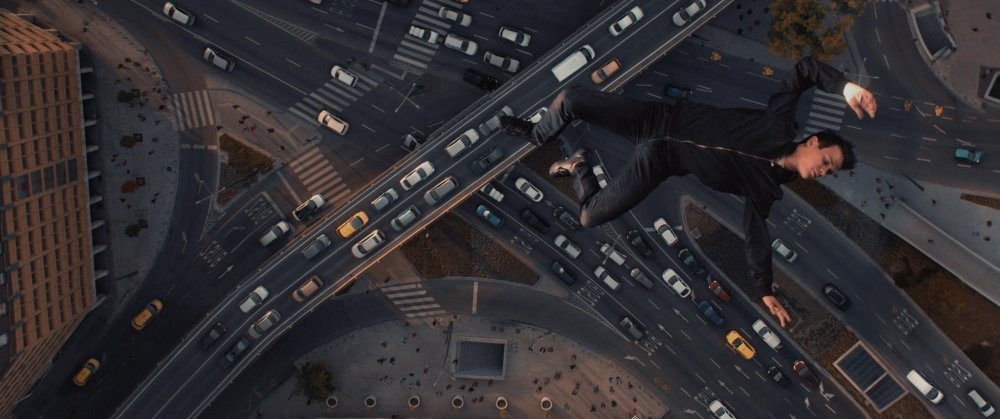
Zsombor Jéger in Jupiter’s Moon
Hungarian Cannes favourite Kornél Mundruczó creates a Christlike figure – named Aryan no less – out of a Syrian immigrant who is shot several times by a policemen at a border crossing point in Jupiter’s Moon and afterwards finds he can levitate and perform spectacular miracles, his droplets of blood hovering in the air around him. How this kind of magic-realist spectacularism helps to improve the lot of immigrants is anybody’s guess.
120 Beats Per Minute
Robin Campillo, France
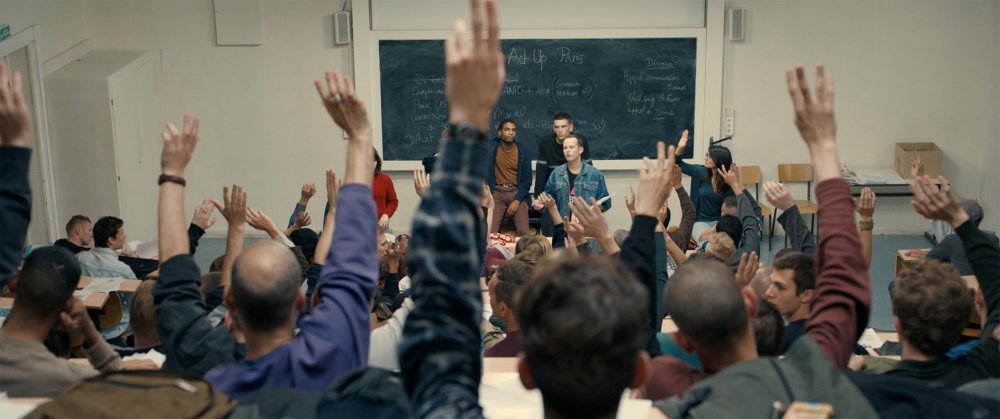
A more direct and shattering political film is 120 Beats per Minute, Franco-Moroccan director Robin Campillo’s energised group portrait of the Paris branch of Act Up in the early 1990s. How Act Up went about raising HIV/Aids consciousness, forcing corporations to be less secretive about new drug trials and the like, is painstakingly explained through nicely staged meetings in a classroom where strict rules of contribution apply, the most charming of which is the substitution of clicking fingers for handclap applause (so that no speaker ever has to pause to let it die down).
We see the group blood-bombing corporate stooges (it’s fake blood), working out dance routines and slogans for Gay Pride marches, and tending to comrades debilitated by the infection. Though the film is way too long, the final, deeply moving sequences are created by performances of such subtlety and conviction that the occasional spurt of didactic overkill is quickly forgiven. Maybe there ought to be an ensemble acting prize for it?
Savage attacks on the bourgeoisie make up some of the best sequences in Cannes this year (and at an event that insists on black tie in the evenings!). It’s almost as if Luis Buñuel has come back to be the guiding spirit.
The Square
Ruben Östlund, Sweden/Germany/France/Denmark
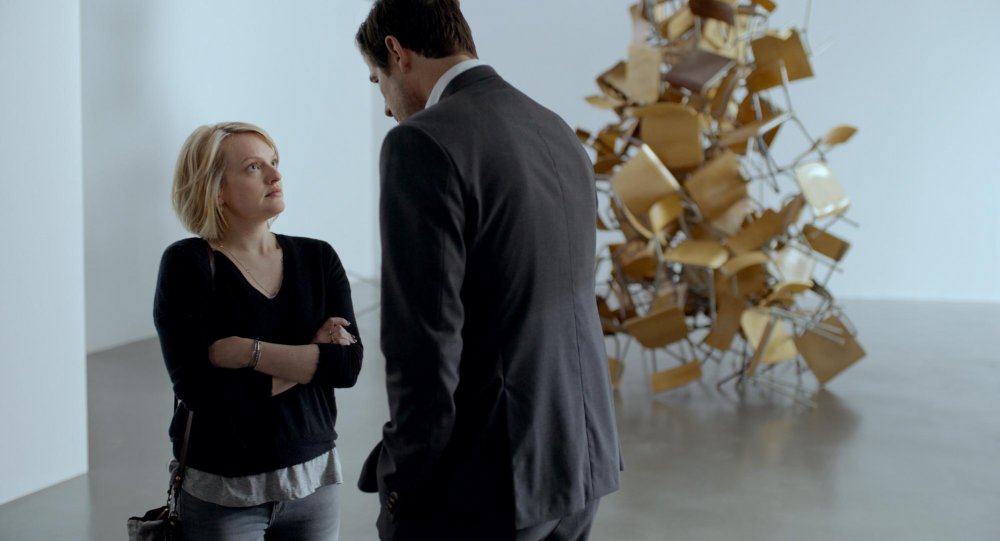
Elisabeth Moss in The Square
No film has been more innovative or biting in this regard than Ruben Östlund’s chaos curio The Square. It makes a game of consequences out of the plot after self-important smoothie art gallerist Christian (Claes Bang) is the victim of a pickpocketing scam.
Able to locate the building where his lifted phone is by GPS, he decides to issue a threatening note to every occupant in it. The blowback from that involves accidental hurt, much art world spoofing (with Elisabeth Moss as a naive American journalist, and Dominic West as a bit of a bullshit artist), some bizarre Roy Andersson-style skits, and in particular one gobsmacking scene where a black-tie dinner witnesses a truly aggressive performance piece by an artist called Oleg (played by genius stunt man Terry Notary) which is genuinely terrifying and ends brutally.
Happy End
Michael Haneke, France/Germany/Austria
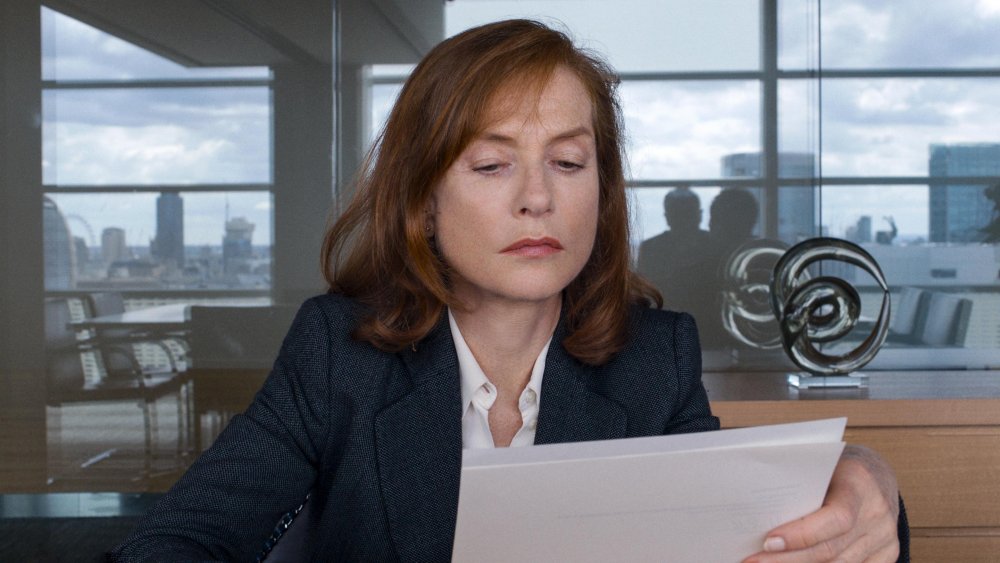
Isabelle Huppert in Happy End
The French haute bourgeois family at the centre of Michael Haneke’s Happy End will seem familiar to the director’s fans, but I doubt one of them could have predicted quite how this film shapes up. Using iPhone video shots of a bathroom overlaid with Snapchat messages that dictate a pre-bed routine (mobile phones are depicted as loathsome in about half the films selected here), we see a woman get ready. Then Eve, the 13-year-old phone owner, tells us via a phone video that she’s using what’s left of her mother’s drugs to see what they do to her hamster.
Soon her estranged father (Mathieu Kassovitz) has taken her into the large family household near Calais because her mother is in a coma from a drug overdose. There we find Jean-Louis Trintignant playing an ageing paterfamilias, Isabelle Huppert his daughter, to whom he’s handed over the family construction business, and several other denizens – a more dread-inspiring and feelingless mob would be hard to imagine. Stylistically Haneke has reinvented himself again as a collagist, but I fear this film will be even more difficult to market than his others, since it feels so loose and indeterminate.
The Killing of a Sacred Deer
Yorgos Lanthimos, Ireland/UK
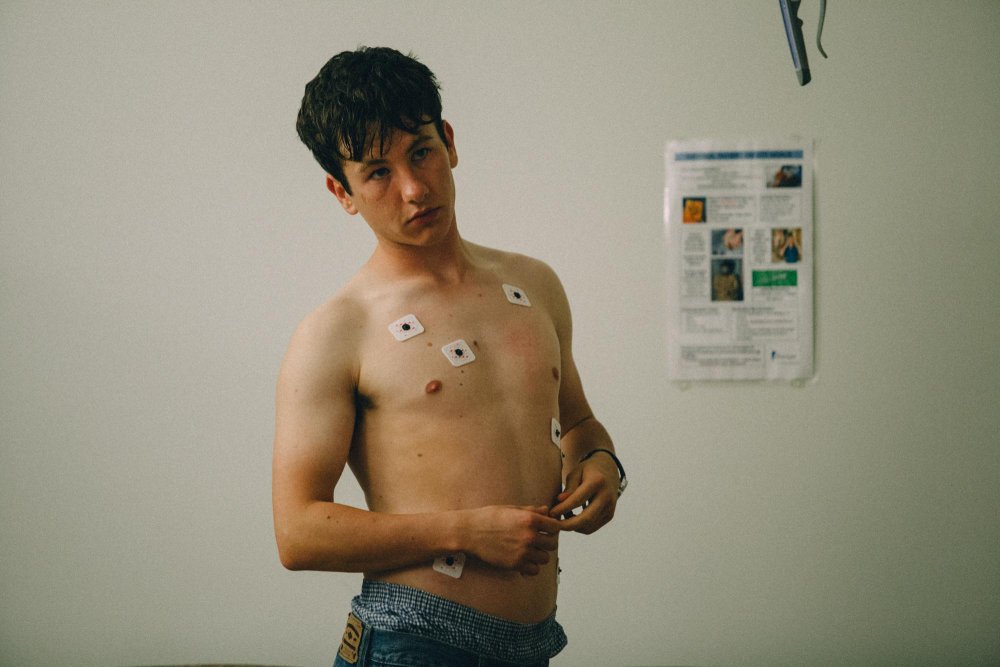
Barry Keoghan in The Killing of a Sacred Deer
Also targeting the extremely well-off was Yorgos Lanthimos’s The Killing of a Sacred Deer, which takes the route of inevitable sins-of-the-father Greek tragedy when man-of-science surgeon Steven Murphy (Colin Farrell) eases off from a weird but unexplained relationship with Martin (Barry Keoghan), a poor 16-year-old boy. The younger man then pronounces a curse on Steven’s family that will purportedly claim his wife Anna (Nicole Kidman), son Bob and daughter Kim if he does not sacrifice one of them himself. As gorgeously shot and semi-mechanically acted as The Lobster – with Kidman particularly fine – the film is otherwise, sadly, a tedious exercise in morbidity chic.
Wonderstruck
Todd Haynes, USA
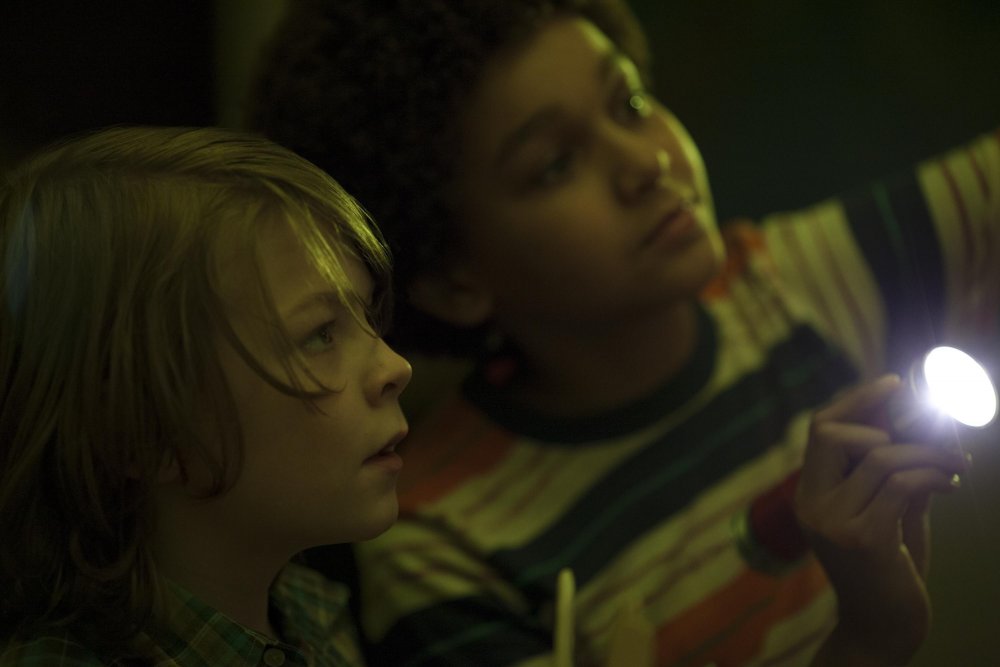
Oakes Fegley and Jaden Michael in Wonderstruck
Todd Haynes’s Wonderstruck, from the Young Adult novel and screenplay by Brian Selznick, tries to offer a more positive worldview, paralleling two runaway journeys taken by deaf children, one from 1927, the other 1977, that lead towards emporiums of knowledge in New York. The main 1977 story is about orphan Ben (Oakes Fegley), who, having lost his mother to a car accident and been deafened by a lightning strike in his home in Gunflint, Minnesota, finds a clue to his father’s identity that puts him on a bus to New York. Intercut is the tale of Rose (Millicent Simmonds), hearing-impaired since birth, who flees from her stern T.S. Eliot-lookalike father in Duluth, seemingly to seek out her favourite movie star Lillian Mayhew (Julianne Moore).
Wonderstruck review: Todd Haynes’s split-era kids’ yarn provides sumptuous but saccharine cinephilia
Rose’s journey inspires some very beautiful monochrome silent movie pastiche; Ben’s evinces a Kodachrome handheld Blaxploitation feel, aided by a wonderful soundtrack. The magnet of the museum and the cabinet of curiosities, which bring both kids to town, reminded me of Umberto Eco’s 1980s books Travels in Hyperreality, which muses on the American obsession with reconstructions of what’s not there any more. Haynes is particularly keen on vaunting the need for children to develop curiosity, but Wonderstruck goes about it so sentimentally and pedantically, telling us all the time how wonderful each diorama or document or object is, that you feel hectored long before the end.
I’ve concentrated on the big films here, rather than further elaborating on Agnès Varda’s marvellously modest Visages et Villages (reviewed here) or Claire Denis’s terrific Bright Sunshine In (which I reviewed here), but I’ll finish by describing what are probably, if not the two best, then the two most complete successes I’ve seen.
Western
Valeska Grisebach, Germany
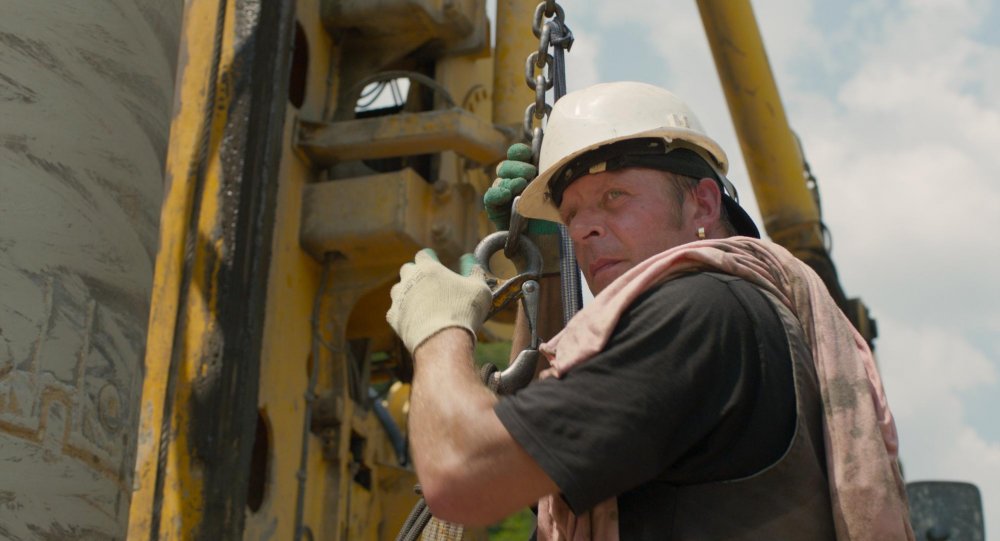
It’s better to forget the title of Valeska Grisebach’s Western while you’re watching it, though the film reads perfectly well that way. Though this brilliantly observed mood piece about a German road crew arriving in rural Bulgaria centres on one lone quietly watchful man doing his best to assimilate, it feels as true to, say, the builders’ milieu of Auf Wiedersehen, Pet as it does to an oater.
Our quiet hero Meinhard (Meinhard Neumann) aside, the crew behave brashly when they arrive, camping on a hill and raising a German flag, but soon find their work stymied by lack of water and the non-arrival of gravel. Meanwhile Meinhard has borrowed a white horse from a local fixer, and gang boss Vincent has upset the villagers by ducking a local girl in the river. The film unfolds from these tensions in deeply satisfying intimate, brooding encounters.
Loveless
Andrey Zvyagintsev, Russia/France/Belgium/Germany
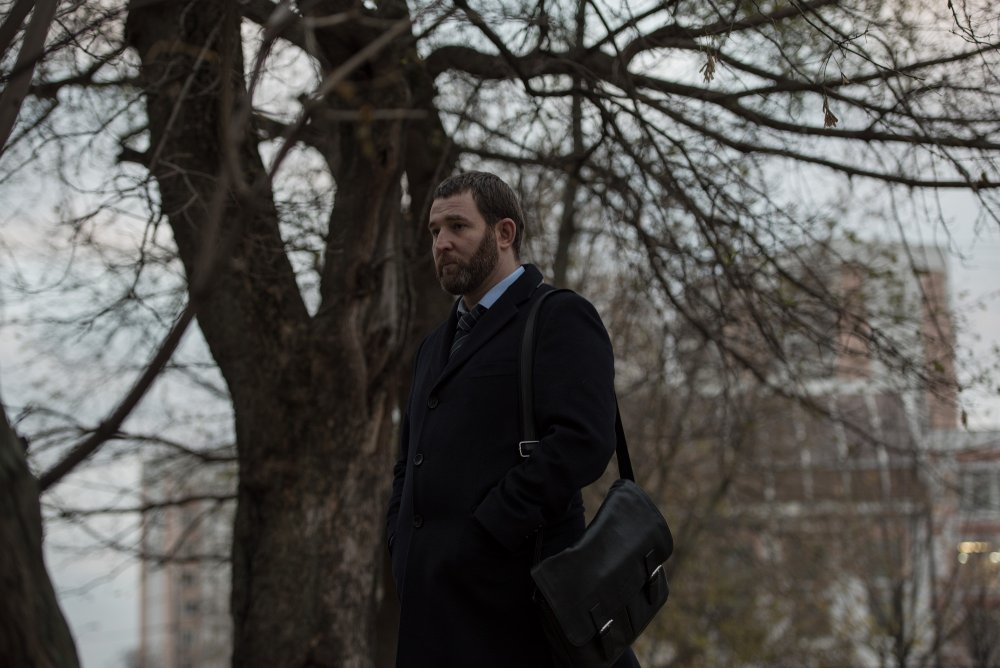
Andrey Zvyagintsev’s Loveless
Films with characters explaining themselves through dialogue are usually weak but Andrey Zvyagintsev’s Loveless makes a virtue of this verbal dialectic with the audience. The film’s often on-the-nose use of symbolism bolsters its portrait of a couple whose marriage is over, and the damage done to neglected son Alyosha (Matvey Novikov). That Zhenya (Maryana Spivak) and Boris (Alexey Rozin) conform so rigidly to stereotypes – Zhenya the bitter cellphone-obsessed social climber, now having an affair with a wistful wealthy divorcee, and Boris the lazy, careless stooge, who’s got his adoring, much younger mistress pregnant – only makes them more plausibly antagonistic.
It also makes them great ciphers for modern life in Russia, because these people – Zhenya in particular – embody the stereotypes of how Russians are seen by Western Europeans: always brusque, either ruthless or fatalistic. We need to dislike these people sufficiently so that Zvyagintsev can humanise them by degrees and reveal the film to be a stripping bare of repressed emotion in low-key, haunting shots. Meanwhile, newscasts report the war in Ukraine with a Russian slant, Pushkin and Putin are mentioned in the same breath and, at one point, Zhenya, wearing what looks like a Russian Olympic team tracksuit, mounts a running machine exposed to the snowflakes.
Several other shots blew me away, too, but to describe them would ruin their effect. What’s most wonderful about Loveless is its careful, relentless visual style, especially the shots that take in the more oblique, seemingly peripheral scenes, such as the search groups in the woods and the moment when a random schoolteacher is seen to wipe her black board and clear up her stuff. Somehow Zvyagintsev feels more contemporary even than Haneke right now.
-
The Digital Edition and Archive quick link
Log in here to your digital edition and archive subscription, take a look at the packages on offer and buy a subscription.




